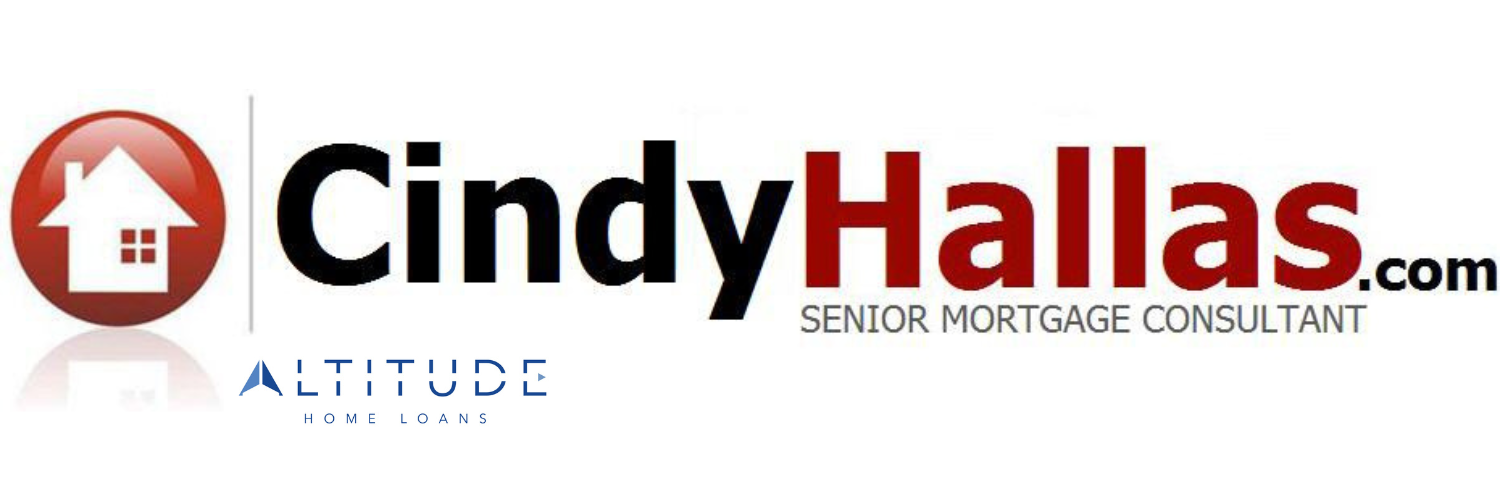
VA Refinance

**All your Purchase and Refinance needs at one stop!
The US Department of Veterans Affairs provides patient care and federal benefits to veterans and their dependents. They have specific loans for Veterans, Reservists, and active-duty service members (those who have served our country on active duty since World War II). VA offers some of the easiest requirements of any mortgages.
You will have access to many different Lenders with variety of loan programs for your individual loan need. You will also have a variety of loan programs from full documentation for Owner Occupied, 2nd home to Investment properties.
Deciding to refinance:
When you refinance your home, you seek to replace your current mortgage loan with a new loan that has more favorable loan terms. Usually, you refinance to pay off a higher-interest loan with a loan that has a lower interest rate. However, you may also decide to refinance to replace a fixed-rate mortgage loan with an adjustable-rate loan, or vice versa. After you refinance, the new lender holds a mortgage lien on your home.
When you refinance, you can choose to borrow just enough to pay off the mortgage balance you owe. If you have enough equity built up, you may also be able to borrow an additional amount in what is called a “cash-out” refinancing. You can use this extra amount to pay off other debts such as an auto loan or credit cards. You should evaluate a cash-out refinancing carefully.
If you’re thinking of refinancing your current loan balance, see:
Before you refinance just to cut your rate a half-percentage point or so, be sure to consider all the costs of refinancing, including:
Closing costs. Your closing costs include points. The IRS also calls these mortgage points, discount points or origination fees. Lenders that specialize in refinancing typically charge 1 or more points, with 1 point equal to 1% of the loan amount. Points are usually the largest closing cost. You should also expect to pay for other expenses directly related to processing and approving your application. These costs may include fees for a credit report, title search, title insurance, appraisal and recording a new mortgage lien.
Application costs. Some lenders may charge an application fee to refinance. Paying a loan application fee is something only the most desperate of loan applicants should face. If you have a good credit history, you should be able to avoid paying a loan application fee.
A loss of tax-deductible mortgage interest. When you refinance with a lower rate, you usually reduce the amount of mortgage interest you pay. As a result, you lose some future tax savings that you would otherwise have with a higher-rate loan.
When refinancing pays off: If you decide to refinance, it helps to estimate the break-even point it takes for the refinancing decision to pay off. The break-even point is the number of months you need to live in your home after refinancing in order to recover the costs.
In reality, a break-even analysis is more complicated. Nevertheless, a straight-line calculation gives you a reasonable estimate. One common rule of thumb is the 2-percent rule, which says that refinancing is a good deal if you can lower your mortgage interest rate by at least 2 percentage points. Other factors also ultimately affect your decision, such as how long you plan to continue living in the home. As mortgage rates go lower, this rule of thumb is less and less meaningful.
For a more complete analysis, you have to consider any loss of tax savings, as well as whether you invest the money you save each month from lower payments.
There are the factors that will determine your ability to qualify for a mortgage:
(these are also referred to Layers of Risk in which no more than 2 are acceptable)1. Credit – we will look at past credit history, debts, payment history, credit limits, etc.
*poor or shaky credit (below 620 credit is considered shaky)
2. Reserves (savings, 401K, mutual funds other liquid reserves)
*Unable to verify liquid assets
*insufficient reserves
3. Payment Shock
*dramatic payment increase with new mortgage or adjusting interest rate
4. Debt to income ratios
*High Ratios (the difference between what is earned with income and the financial obligations you owe)
5. Property
*Low appraisal value
*Appraisal under estimated value, stretched appraisal
*Appraisal is higher than the lender willing to risk
6. LTV Ratio: Loan to Value (new mortgage loan mortgage calculated against the value of the property)
*at 90% or higher
7. Term
*the length of the loan (30, 20, 15 year term)
Call or email me to get a glance of what a mortgage process should be.
I can also provide further education regarding Real Estate Investing. Please do not hesitate to ask me how I can further your education and resources to secure your real estate investments and your long term financial freedom.
Here is general list of documents we will need to start your refinance:
Application items:
Clear color copy of driver’s license
Current mortgage statement
Current home owner’s insurance statement
Current HOA statement (if applicable)
Income items:
2020 and 2019 Federal Tax Returns (all pages)
2020 and 2019 W2’s / 1099’s / K-1’s
Current 30 day paystubs (for all jobs)
Assets items:
Current 2 months bank statements (all pages – even if they are blank). Please source any non-payroll deposits with a copy of the check image and letter of explanation to source the deposit.
Current retirement statement – if applicable
Call or email me today! Contact me for a free no obligation pre-qualification application.


